My method of sharpening is to make two extremely flat surfaces that intersect. This intersection is the edge.
To make a flat surface flat the first time, I grind it on a flat surface with an abraisve powder. The flat surface I use is a slab of annealed O1 tool steel. The Japanese would call this a kanaban. The abrasive powder I use is 220 or so aluminum oxide grit, that I get from a lapidary supply.
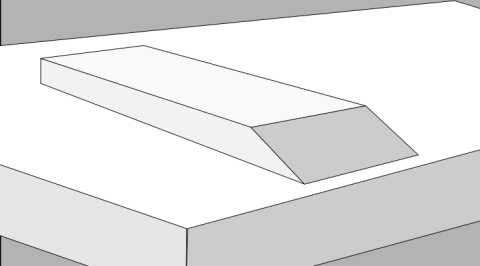
I rub the back side of the tool around on the grit with a touch of olive oil, baby oil camelia oil or ballistol for a lubricant. The grit breaks down into finer sharp bits, and eventually becomes a fine paste. I may have to add more grit to keep the mix course, but as the process continues it eventually turns to a fine paste, and the blade will vaccuum stick to the plate. At this point I clean it an inspect the surface. Usually it is now quite flat. I may put a finer abraisive on the plate and polish the back of the blade.
Then I do the same thing with the bevel of the blade.
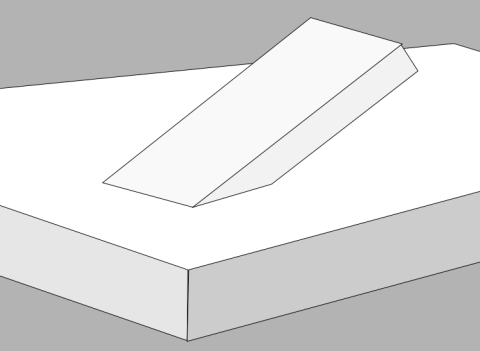
When I have finished this process, often the result is a fairly sharp edge. Often this edge might do, but more often, despite it being sharp, it has a huge flaw. This flaw is called a feather edge.
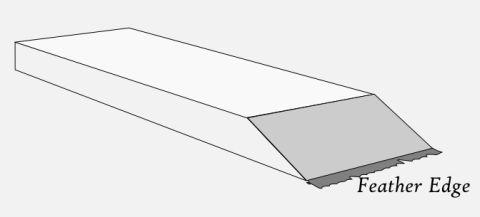
Feather edge management is the key to being able to sharpen a blade really well. If you ignore it, the feather edge will snap off in use, and will reduce the sharpness of a blade considerably. You don’t really want to bend it off either. You want to gently, softly grind it alternating on the flat and bevel side, until is separates, leaving behind an ultra sharp blade. A typical pattern would be to grind the flat for eight gentle strokes, followed by grinding the bevel for eight gentle strokes. Then alternate between flat and bevel for four strokes, then two strokes followed by one stroke. It is easy enough to do the flat of the blade perfectly, but the bevel can be a bit more touchy. If you grind forward and back, it is easy to rocker the blade a bit. Eventually you will get a blade less flat than convex.
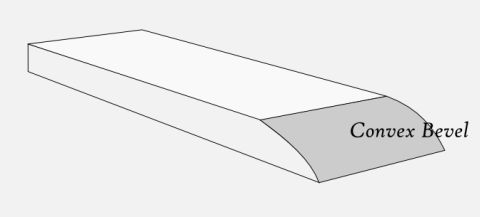
A convex bevel is generally something to be avoided.
If however you grind the bevel, from side to side, you will eventually get a rounded edge.
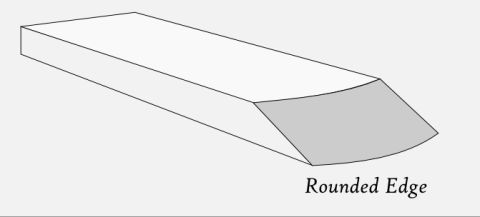
Since on most tools, the bevel is wider side to side than it is heel to toe, this rounding will take longer and will first result in slightly rounded sides of the bevel on the tool. In a lot of cases, especially on smoothing plane blades, a slight rounding of the bevel side is advantageous.
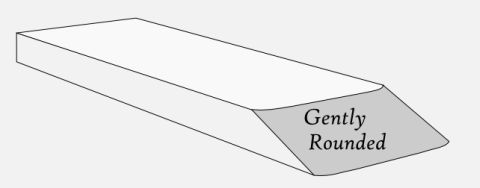
Often when conditioning a plane, a radius is put on the sides of a bevel, especially a finishing blade.
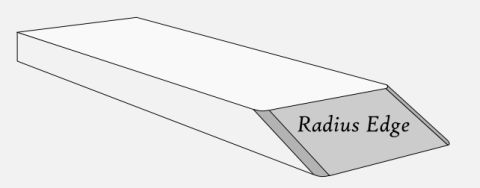
Some folk put a miter on the sides of the bevel.
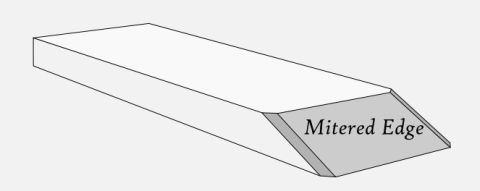
In the next installment, I will get into the gritty details of how to sharpen.
Bob
Sharpening Tools, Part 1, Part2, Part 3, Part 4, Part 5, Next part is Part 3
 A page Dedicated to My Writing
A page Dedicated to My Writing
Recent Comments